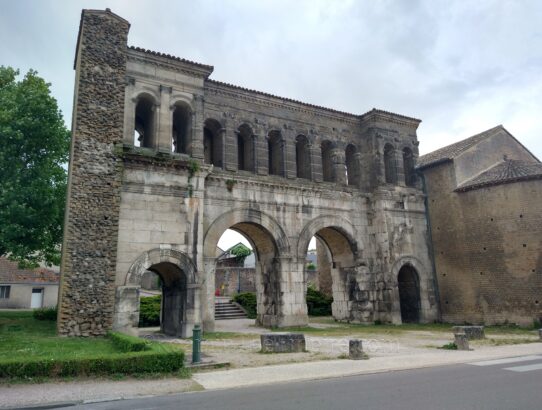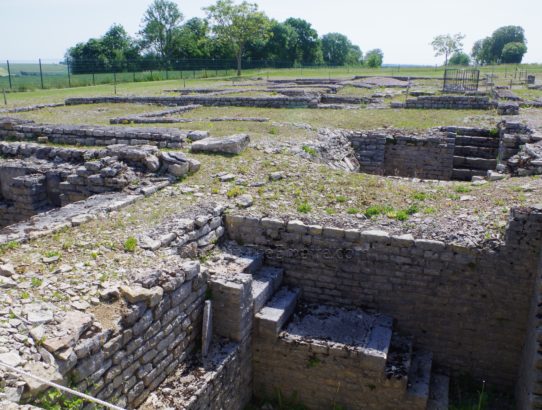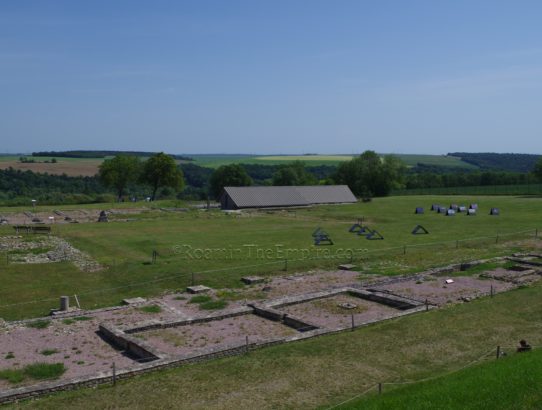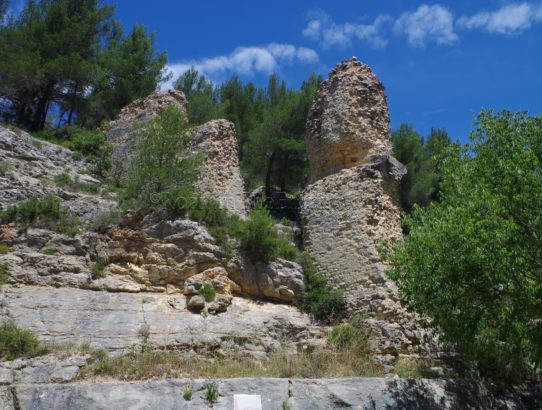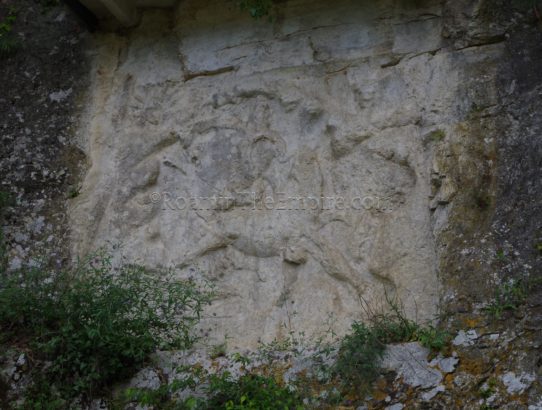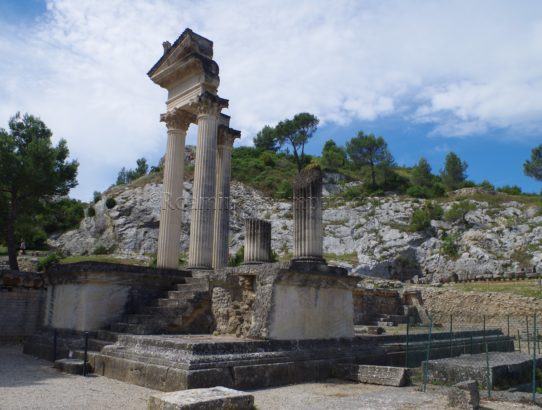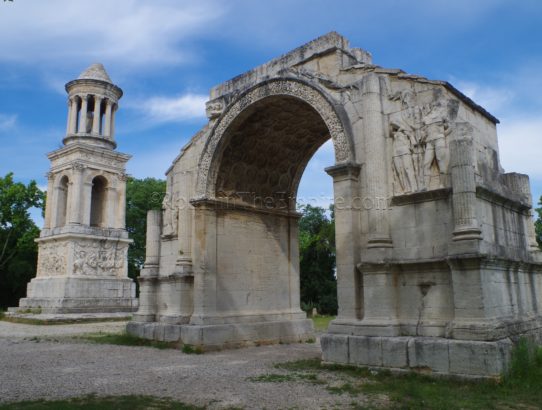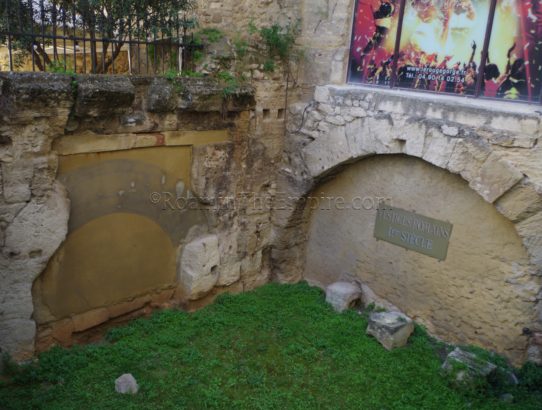Augustodunum, Gallia Lugdunensis – Part I
Most Recent Visit: May 2022 Today located at the site of the modern city of Autun in eastern France, the Roman city of Augustodunum was founded sometime in the late 1st century BCE, during the reign of Augustus. Named after the emperor (with the added Celtic suffix denoting a hillfort, dunum), the city was a…
Read More


